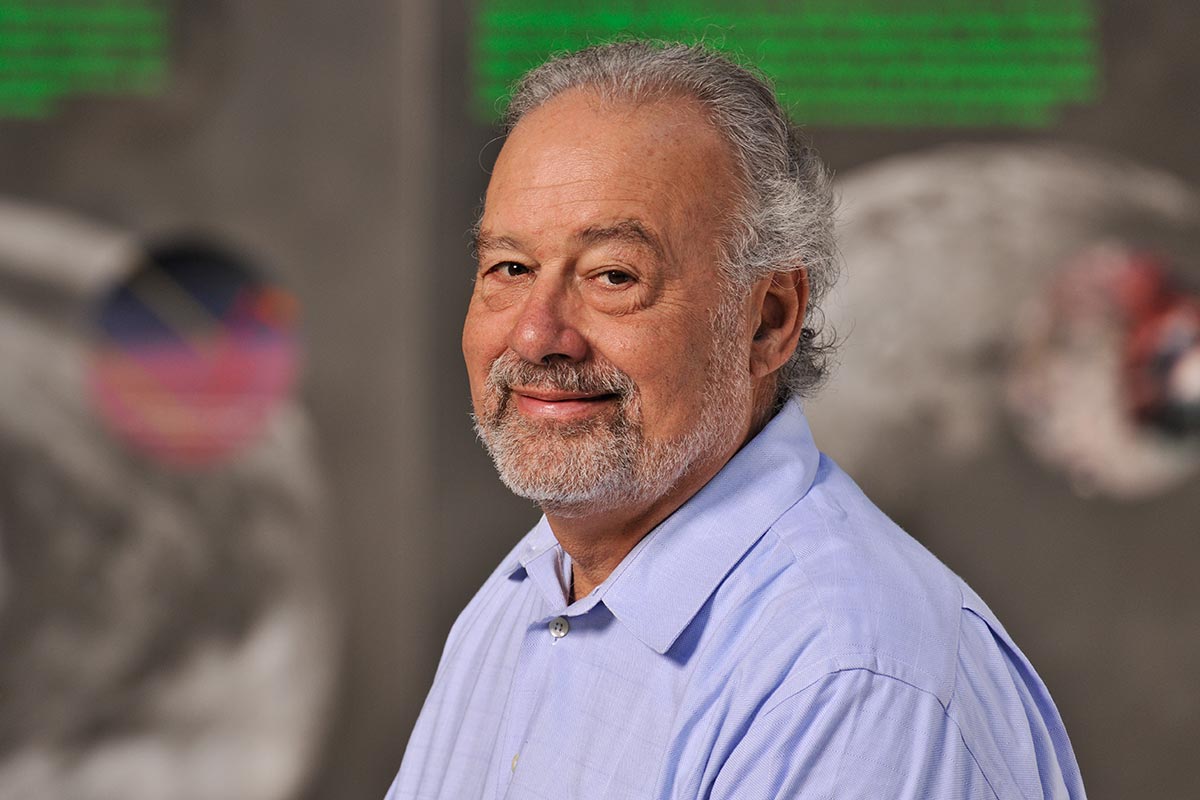COURSE AUTHOR
Ed Mathez

Ed Mathez is a Curator and geologist in the Department of Earth and Planetary Sciences at the American Museum of Natural History. His research is in the fields of igneous petrology - "how molten rocks form and solidify," he explains - and high-temperature geochemistry.
Ed entered college thinking he'd be a history major; he just didn't know the history he'd go on to study would be that of our planet. "Geology is a historical science," he says. "We look at the rocks to understand what happened over long time periods and across vast distances: how a set of rocks formed or how a landscape evolved. These questions are fundamentally historical." Like Earth processes, the climate system also operates across a range of timescales, from seasonal weather phenomena to those that play out over thousands or even millions of years. "You have to understand all of those timescales in order to understand how the whole system operates, and that's very difficult because it is so abstract," he points out.
Ed received his Ph.D. from the University of Washington in 1981 and joined the research faculty there. In 1987 he came to the Museum. "It wasn't easy to move from Seattle to New York, I have to tell you, but the Museum is unique. It's one of the very few big research museums in the world," he explains. Ed believes that research and teaching are intimately connected, and has always liked teaching, "because it forces you to look deeply into issues and learn in much more profound ways. Also, I get excited about things, and I enjoy transmitting that excitement."
The Museum gave Ed the opportunity to transmit that excitement as lead curator of the Gottesman Hall of Planet Earth, which opened in 1995 and represented a real departure from the traditional way of teaching Earth Science. "I wanted to explain to people how the Earth works as a set of global systems, something like how your car or your body works, because that's the essence of modern earth science," he explains. Designing the hall also sparked Ed's interest in climate science. One of the specimens obtained for display was an ice core drilled through the Greenland icecap, "which held a remarkable record of climate back about 108,000 years. I became fascinated, first of all, with the fact that one could recover such a detailed record from the ice, and second, with what that record showed," he recalls.
Spurred by a growing sense of urgency around climate policy, Ed proposed and co-curated with Michael Oppenheimer of Princeton University the exhibition Climate Change: The Threat to Life and a New Energy Future, which opened at the Museum in April, 2008, and is now a traveling exhibition. His studies of climate led him to write the book Climate Change: The Science Behind Global Warming and our Energy Future (2009). Ed has also written or coauthored more than 60 articles in peer-reviewed journals and is coauthor of the popularly acclaimed work, The Earth Machine: The Science of a Dynamic Planet (2004). In 2002, he was named co-recipient of the American Geophysical Union's prestigious Excellence in Geophysical Education Award for his work in developing the Gottesman Hall of Planet Earth. Ed is a Senior Research Scientist at Lamont-Doherty Earth Observatory of Columbia University and Adjunct Professor at the City University of New York.